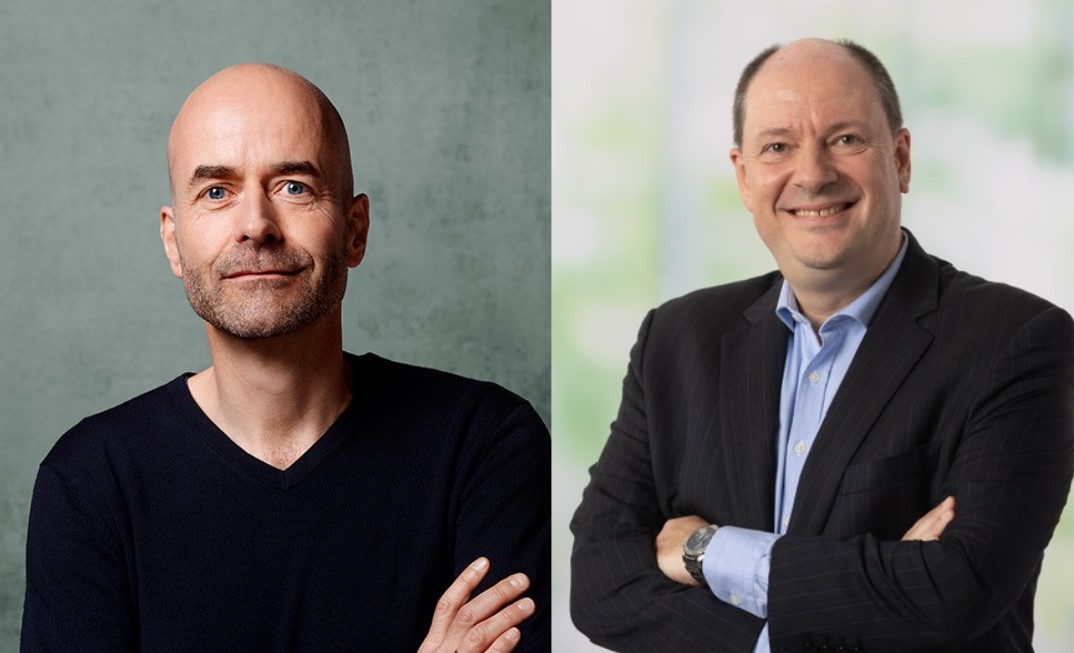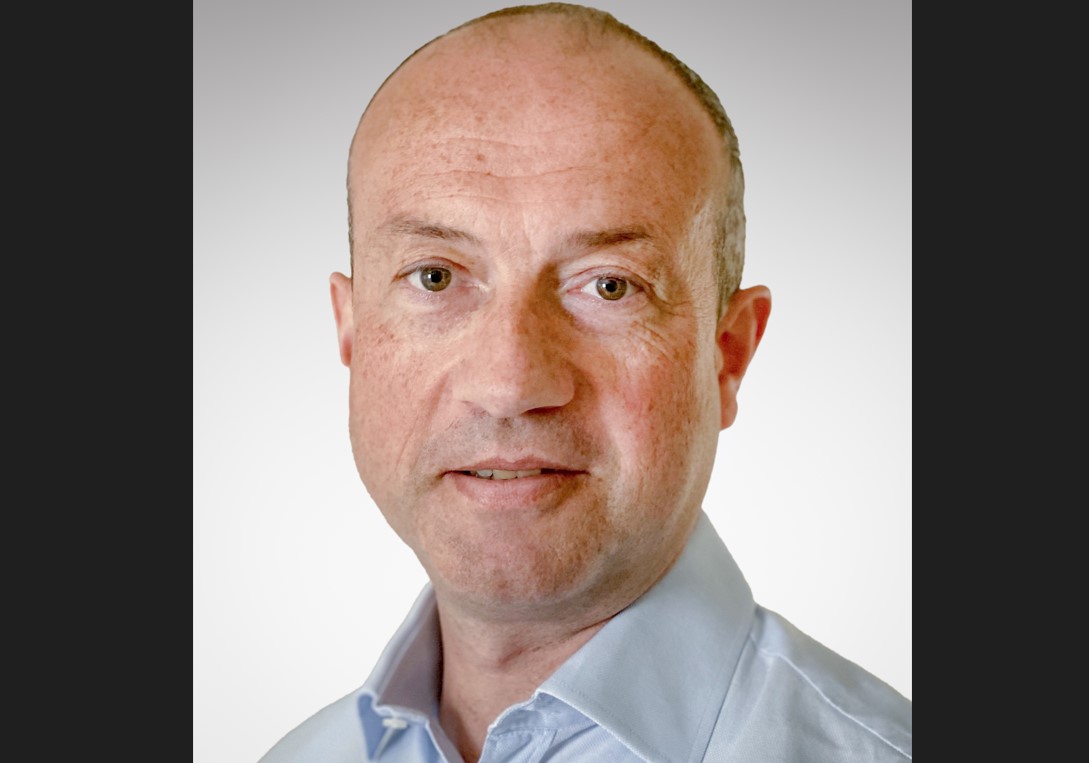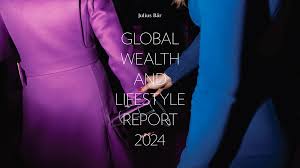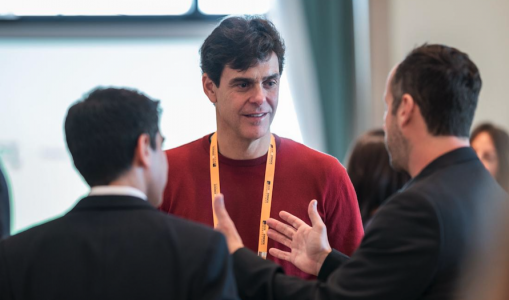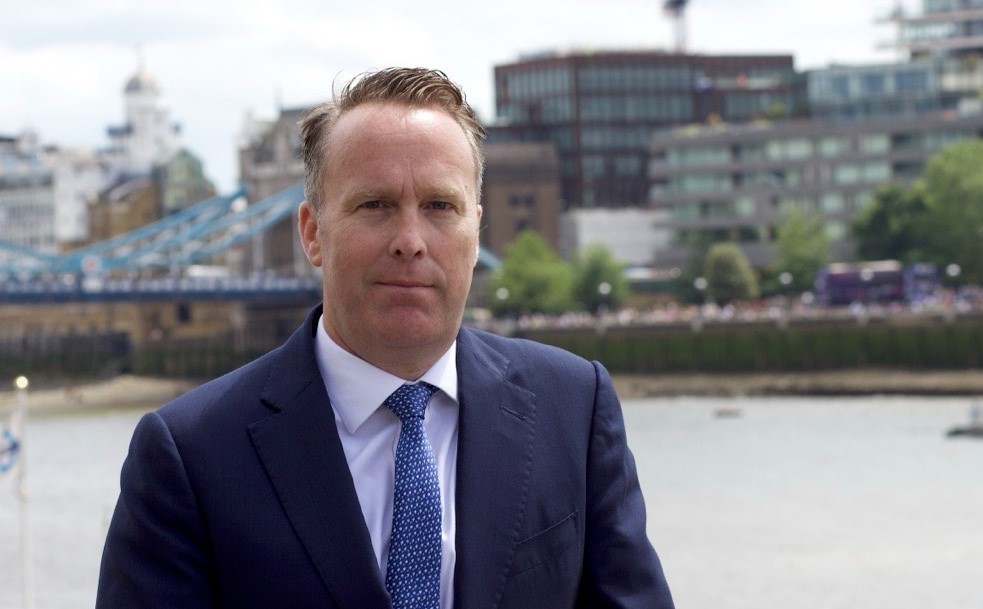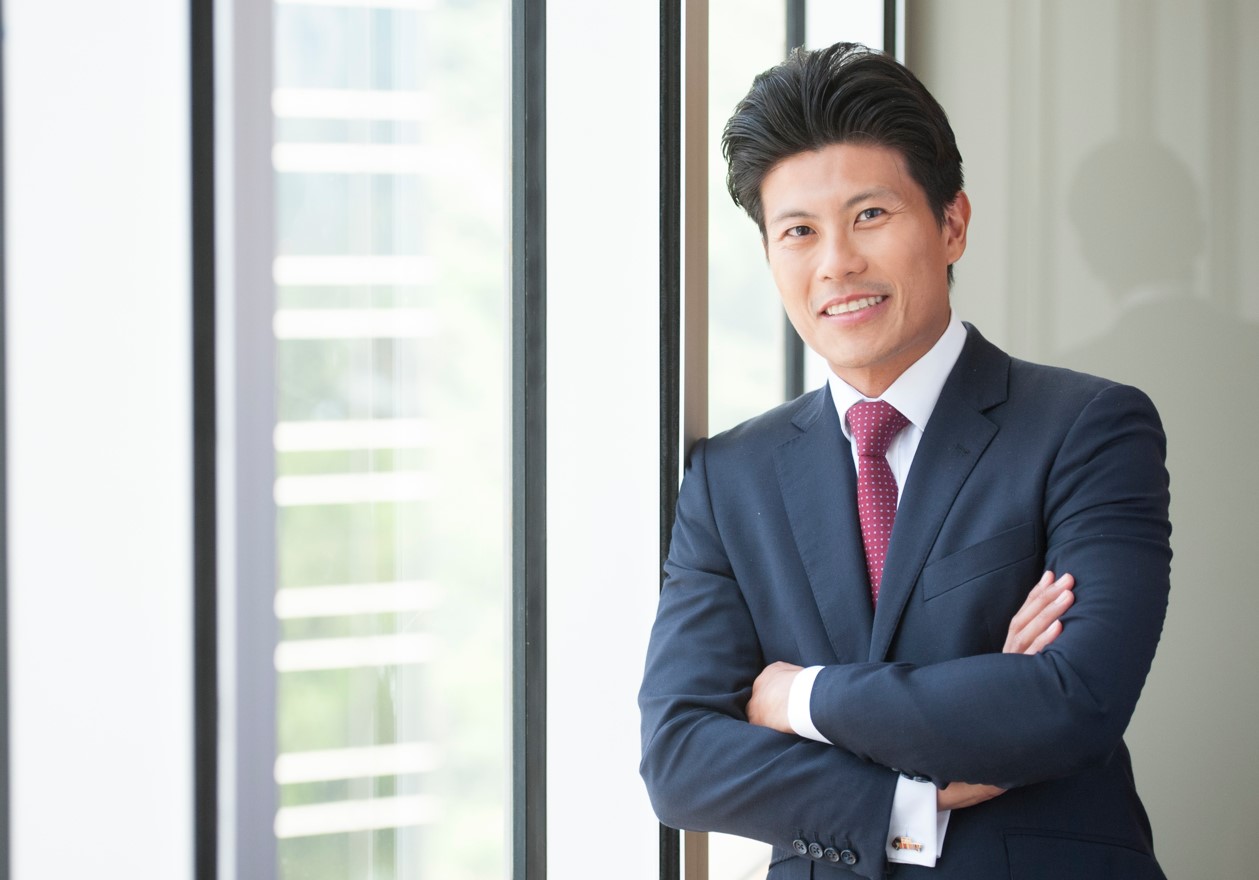
Over the past two years, M&G has focused its objectives on asset management and a greater focus on Europe as growth drivers. Among these goals were strengthening the firm’s areas of investment expertise, consolidating the M&G Investments brand internationally, and improving distribution networks in continental Europe to reach more institutional investors.
Neal Brooks, Global Head of Product & Distribution at M&G, notes that they have largely achieved these goals, as the growth of the manager is solid, especially in Europe, where they have made new hires and strengthened relationships with their clients, particularly banks, pension plans, and insurers.
“Europe is where we have experienced the most and fastest business growth. We are very focused on active management, and our goal is to be recognized as a leading active manager across pan-European markets. We want to do this by focusing on areas where we believe active management makes a difference, such as fixed income and private markets,” says the Head of Product and Distribution at M&G, who acknowledges that in Europe, one of their main objectives for years has been to internationalize the business and go beyond their established presence in the UK.
Aware that they are in a highly competitive market with other managers excelling in certain areas, they have strengthened their distribution and client relations teams, especially with global banks and insurance companies. This is evidenced by the good results achieved in Europe in the institutional segment, where they have seen a greater influx of institutional flows and pension plans from European markets in recent years, traditionally known for their wholesale business.
“I think it’s part of what we wanted to achieve, which was to invest in a way that worked for a broad set of clients across Europe.” He adds, “Our company’s approach is to set up M&G PLC in three distinct businesses: international asset management, M&G Investments, and in the UK, our Wealth division and our insurance division, Life. The experience in the latter in the UK gives us great capacity to understand the end institutional client and, in turn, allows us to scale the asset management business. We are not an insurance company with an asset management arm, but rather our approach is of two parallel businesses.”
This advantage is deployed by the company from Luxembourg, a destination chosen by the firm after Brexit to internationalize its business. “We see Luxembourg as an international gateway, and not just to Europe. Right now, we have €114 billion under management, making us the fifteenth largest manager in Luxembourg, with a team of 70 people. In recent years, we have strengthened our investment staff in Europe, but we maintain the criterion that all our offices are well balanced between distribution, investment, and other functions. Without a doubt, Europe is where we have experienced the most and fastest business growth,” Brooks acknowledges.
In these years, he recognizes that the industry has evolved. “We are in a context where banks and intermediaries are moving towards portfolio construction models. Therefore, what we are looking for is to identify what we can provide to those portfolios.” According to him, when Joseph Pinto joined the manager as the new CEO, they evaluated what they were doing and concluded that many clients knew them for their Optimal Income strategy but were unaware of their capabilities in private markets, especially on the institutional investor side. Focusing on portfolio construction and offering a wide range of specialized strategies is, in his opinion, the right path for continued growth.
A growth opportunity that he also believes will come with ELTIFs, as he considers that “they will be the real change that will open much more access to retail investors,” although he acknowledges that some challenges remain to be resolved, such as liquidity and fund size. “With ELTIFs 2.0, these vehicles can be distributed in any European country at the retail level, not just among professionals, which I honestly think will change the rules of the game and the market. However, none of this will make a difference if investors do not understand the product well; people need to understand it correctly to buy it,” he adds.
When talking about private assets and the potential of the ELTIF structure, Brooks takes a moment to highlight that they are firm believers in private credit and its role in portfolios, but only if the investor understands the asset. “We have encountered a very varied knowledge and understanding of the asset. The conversation usually centers on liquidity or the level of leverage, but it is necessary for the investor to understand the level of risk. The first investors in our ELTIF were family offices, who are sophisticated investors. We are working with banks and insurance companies, but our starting point is to ask ourselves how we can help train private banking networks so that they can then help and train clients in this asset class,” he highlights.
Credit, Thematic Investment, and Private Assets
In this vision of portfolio construction, he believes that successful investment strategies like Optimal Income will have a place, but Brooks goes a step further: “It is in the areas where we have the most experience and where we do best that we can offer the most to the investor, such as being an active credit manager. What I mean is that we have made an effort to highlight the areas where we have outstanding capabilities, and this has driven much of our flow and growth over the past two years. I think it has been very valuable because we are now more relevant to our clients because we have different strategies and assets that we can offer.”
This evolution of the company has made them a reference point when it comes to credit management, which has become “at the core” of what they do. According to Brooks, beyond credit, they have also found a way to differentiate themselves in an area like thematic equity investment. “I think it is an investment segment where an active approach can really make a difference,” he says. In this regard, he highlights the work of his colleague Fabiana Fedeli, who joined M&G about three years ago as CIO of Equities, Multi-Assets, and Sustainability. “I think we are doing well, finding where the gaps were and making sure we are set up correctly to manage strategies for all clients, whether institutional, retail, or wholesale clients. Again, we have had good results and are delivering good returns, aligning with clients’ interests. I would say we are even more focused on equities than on other areas, because we firmly believe there are some areas where active management can make a difference.”
The third area where Brooks believes M&G makes a difference is in the universe of private assets and markets, where they currently have €84 billion under management. “We are focusing our private asset offering in six areas: private credit, structured credit, real estate, infrastructure, responsibility, which specializes in impact strategies in emerging markets, and the private equity and impact team, leading the Catalyst strategy. Catalyst is an internal mandate of €6 billion focused on investing in sustainable companies in private markets. We don’t want this to be seen as a boutique model but rather to show that there is a very clear investment culture,” explains Brooks.
In this regard, he acknowledges that they are focused on topics related to healthcare, climate change, and fighting inequality. “We are looking at this purely from a private markets angle, specifically venture capital. We have a responsibility, the Swiss boutique firm we bought two years ago. Obviously, their expertise is focused on emerging and frontier markets. Much of what they do is incredibly interesting and is helping us a lot in providing new perspectives on how to approach similar ideas in developed markets. Emmanuel De Blanc has just joined us as CIO of private markets and now oversees and leads these six areas that are so crucial to us,” he adds.
Looking Towards the Americas
Regarding the manager’s business in the Americas, Brooks explains that they are focusing on two areas: Latin America and the US offshore market. “In Latin America, we are in markets like Chile, Peru, Uruguay, and Colombia, and we are also looking at Mexico and Brazil from an institutional side. These are regions where our strategies work well. In the offshore market, we are making good progress with large global banks like Morgan Stanley, UBS, and Citi,” he says.
One of the reflections that Brooks highlights about the American market is that in addition to the strong presence of Latin American money, there is a significant flow of Asian money. According to him, “Chinese money enters through San Francisco, Latin American money through Miami and Texas.” To respond to this opportunity, he acknowledges that they have had to collaborate with more advisors than they initially thought.
He also notes, in terms of investment preferences, the strong bias towards the dollar and the US and how comfortable investors are with emerging market credit. “In many Latin American countries, investors are very used to buying individual corporate bonds in their local market. They include significant allocations to their sovereign debt within their assets and are well aware of the market dynamics and risks. Their portfolios tend to have larger allocations to emerging markets and look for specialized partners for their purely European asset allocations, with smaller allocations,” he adds.
In his experience, the difference on both sides of the Atlantic is not only noticeable in portfolio allocations but also in the way of approaching the business: “Europe and the UK remain large fund markets, while large American firms and brokers have had great success with Separately Managed Accounts (SMAs), offering greater customization and a broader selection.” Brooks is sure that their presence on both continents is a two-way journey. “What happens in America ends up reaching the UK and Europe. Some of the things that happen there we will learn and they will help us with European clients,” he concludes.
